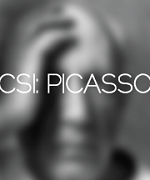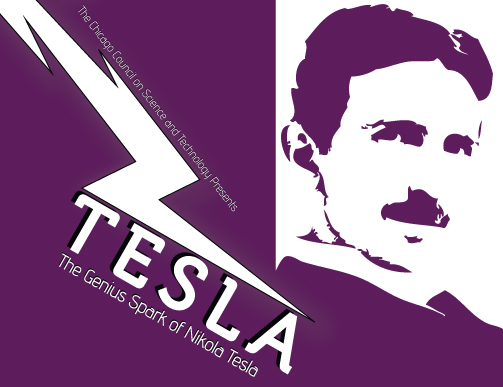CSI Picasso
C2ST Presents: CSI Picasso, an affiliate event of Chicago Ideas Week
To learn more about the famous artists whose works cover the walls and halls of the Art Institute of Chicago, conservation experts don’ t simply pore over dusty tomes and speculate as to materials used and techniques employed; they peer through high-tech microscopes, use X-ray machines, and examine samples as small as tiny grains of salt to uncover long-held mysteries.


